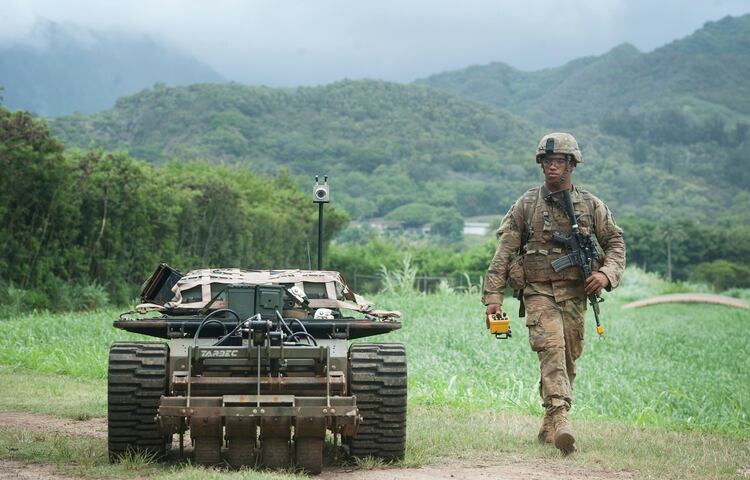John Hilly
Respected Leader
Israelilaislennokit lentokieltoon.
IDF’s Elbit Skylark drones grounded after 2 crash in West Bank
On Monday, two Elbit Skylark drones crashed in the West Bank. The drones were recovered by IDF soldiers. In light of the incidents, all Elbit Skylark drones have been grounded.
Sep 25, 2017, 5:00PM Becca Noy

IDF drone Photo Credit: Channel 2 News
Two Elbit Skylark drones crashed Monday during IDF activities in Hebron and Bethlehem. Both of the UAVs were recovered by soldiers and no classified information was leaked from them.
However, in light of the two separate incidents, Commander of GOC Army Headquarters Major-General Kobi Barak decided to ground all Elbit Skylark drones until the initial investigations into the crashes have been completed.
In July, an Elbit Skylark drone crashed in the Gaza Strip. While the UAV was recovered by Hamas terrorists, the IDF explained that there was no cause for concern because the drone was equipped with a special system that deleted all the classified material stored on it.
http://www.jerusalemonline.com/news/politics-and-military/military/2-idf-drones-crash-in-west-bank-31325?utm_source=ActiveCampaign&utm_medium=email&utm_content=Hamas,+PA+to+meet+for+reconciliation+talks,+North+Korea:+"The+US+declared+war+on+our+country",+Protesters+call+for+recognition+of+Yemenite+children+affair+and+more+news+at+JerusalemOnline&utm_campaign=EveningNewsletter+-+Recurring+2017+(new)
IDF’s Elbit Skylark drones grounded after 2 crash in West Bank
On Monday, two Elbit Skylark drones crashed in the West Bank. The drones were recovered by IDF soldiers. In light of the incidents, all Elbit Skylark drones have been grounded.
Sep 25, 2017, 5:00PM Becca Noy

IDF drone Photo Credit: Channel 2 News
Two Elbit Skylark drones crashed Monday during IDF activities in Hebron and Bethlehem. Both of the UAVs were recovered by soldiers and no classified information was leaked from them.
However, in light of the two separate incidents, Commander of GOC Army Headquarters Major-General Kobi Barak decided to ground all Elbit Skylark drones until the initial investigations into the crashes have been completed.
In July, an Elbit Skylark drone crashed in the Gaza Strip. While the UAV was recovered by Hamas terrorists, the IDF explained that there was no cause for concern because the drone was equipped with a special system that deleted all the classified material stored on it.
http://www.jerusalemonline.com/news/politics-and-military/military/2-idf-drones-crash-in-west-bank-31325?utm_source=ActiveCampaign&utm_medium=email&utm_content=Hamas,+PA+to+meet+for+reconciliation+talks,+North+Korea:+"The+US+declared+war+on+our+country",+Protesters+call+for+recognition+of+Yemenite+children+affair+and+more+news+at+JerusalemOnline&utm_campaign=EveningNewsletter+-+Recurring+2017+(new)




